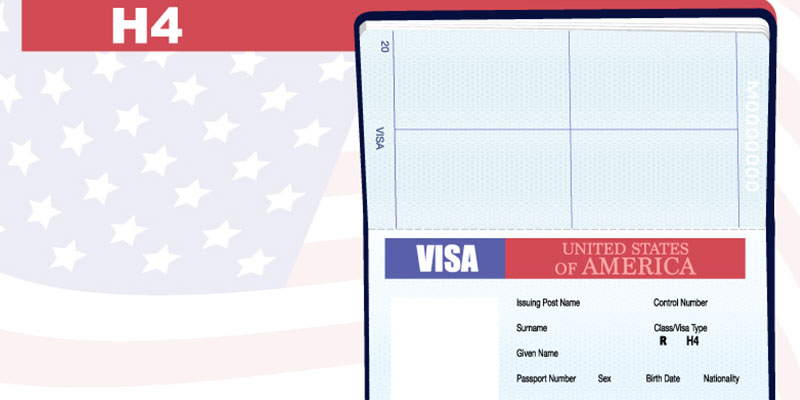
In this article, we discuss the following three points:
The Labor Condition Application (LCA) is one of the first prerequisites to fulfill when an employer wishes to hire foreign nationals on H1B status. Employers are to fill in this form on behalf of prospective foreign employees they wish to hire on E-3, H-1B1, or H-1B work visas and file it with the US Department of Labor - Employment and Training Administration.
The LCA contains information about the work profile being offered to the H1B worker:
When filing H1B petitions to bring a foreign worker into the United States, filing the LCA form is often one of the first requirements that a sponsoring employer must take. The employer must take the next step of filing the i129 to proceed with the H1B petition.
The LCA requirements are part of several checks the Department of Labor has instituted to ensure that employee exploitation does not occur. The regulations that the DOL has put in place ensure the safety and interests of the US employers, foreign workers, and their current employees. Employers are not tempted to look to foreign workers as cheap labor in such an environment. They will have to pay them benefits, wages, and compensation similar to what the US worker is offered in the same position.
In the main essence of the LCA, the DOL ensures that the employment process proceeds fairly and humanely. The law mandates the employer to attest to their readiness to abide by the law throughout the hiring process, from the hiring to the final settlement of conditions of employment.
Also Read: Labor Condition Application: The Complete Details
Apart from the H1B, other work visa requirements that call for an LCA certification include the E-3 work visa for Australians hoping to come to America and the H1B1 US work visa for citizens of Chile and Singapore.
The LCA regulations layout the following guidelines that H1B employers and all those applying for LCA must strictly follow:
1.Filing an ETA 9035
To file an LCA, the employer must complete the electronic or hard copy version of the ETA 9035. The ETA 9035E can be filed online through the electronic iCERT system, the standard method. The other option is to fill in the form and send it by mail, but this method may require prior permission.
2.Maintaining a PAF (Public Access File)
The H1B employer must make the LCA status and all related content available as a Public Access File for public scrutiny within one business day of filing for the LCA. The file must contain memoranda that specify wage calculations of prevailing wage and wages proposed to the foreign employee and documentary evidence that all details related to the employment and LCA have been shared with the prospective employee.
3.Submitting an approved LCA to the USCIS
The employer will have to submit proof of LCA approval and initiate a petition for H-1B classification for the non-immigrant worker.
4.Ensuring that the Principal Applicant gets an authorization approved before starting work
It is the responsibility of the H1B employer to ensure that the employee on H1B status does not begin work until the USCIS permits them to work in the US. If there is a change in employer, the new employer will need to receive a Notice of Action i797C to show that the USCIS has ruled in favor of the change in job and employer for the H1B beneficiary to start working.
5.Filing an H1B Amendment
For any major changes in the employee's work position, the employer has to make sure that they file for an amended position that reflects this change. These will be effective in the following scenarios:
The takeaway
An LCA form is a necessary first step to filing the H1B visa petition. It is important for both the employer and the potential candidate for an H1-B visa to be aware of the critical nature of the LCA. Remember that an H1B visa petition will only be entertained at the USCIS once the employer can produce an LCA approved by the Department of Labor. The hopeful beneficiary can keep tabs on whether the process has been followed through so that the H1B process can be successfully initiated.
Visit TechFetch H1B website to gather complete information about H1B.
**Disclaimer: H1B rules and regulations keep changing from time to time. For updated information, always refer to the USCIS official website.